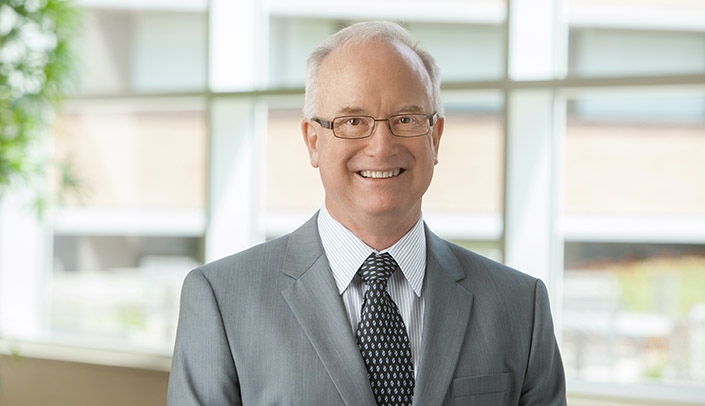Women dominate the physician workforce in many medical specialties. But 2017 data shows women made up only 14.1% of the workforce in the field of cardiology.
UNMC researchers recently published the first study to identify factors and barriers that impact the decision of female fellows-in-training (FIT) to pursue training in electrophysiology, which deals with the heart’s electrical properties. The article appeared online in the Journal of the American College of Cardiology. (The journal also carried an editorial about the study.)
The authors wrote that to attract more female cardiology FITs to EP, greater emphasis needs to be placed on addressing barriers and factors that women encounter during training, including creating an environment of equality devoid of discrimination and harassment, encouraging trainees to consider electrophysiology, promoting female role models and leaders and sensitivity to the concerns of women wanting to pursue the field.
"Several studies have addressed the low percentage of female fellows-in-training in general cardiology and interventional cardiology," said Edward O'Leary MD, senior author of the paper and associate professor in the UNMC Department of Internal Medicine and director of the Interventional Cardiology Fellowship Program.
"There were no studies identifying this same issue in electrophysiology (EP) training programs when we took on this project. We chose to identify the barriers and factors responsible for the low percentage of female fellows-in-training (FITs) in EP and provide possible solutions for making the specialty more attractive to female physicians."
In the study, 933 FITs completed the survey; 129 anticipated specializing in EP, 259 in interventional cardiology, and 545 in a different field or were unsure.One in seven (14%) FITs indicated an interest in EP. Of this group, more men chose EP than women (84% vs. 16%).
Historically, Dr. O’Leary said, some years UNMC had no female FITS in general cardiology or up to 20% other years. In 2019-20, one of five were female, which is about the average in the United States. Since then, efforts at UNMC have helped increase the number of women in cardiology.
In November 2019, Drs. O’Leary and Nashwa Abdulsalam, MD, spoke at an UNMC internal medicine grand rounds about women in general cardiology.
"Since the grand rounds, the number of female fellows has been going up in our general cardiovascular fellowship. Was it related? It probably was one of a number of factors," Dr. O’Leary said. "The increased awareness of the low percentage of female fellows and the role of a training institution may have contributed to the increase number — from three out of seven general cardiovascular first year fellows in 2020-2021 — doubling our percentage. This year, four of seven in our first-year class are women in general cardiology. This is pretty doggone good."

Addressing barriers is an important factor in recruiting and retaining female and other marginalized groups. Thank you to the authors for the work you’ve done and to UNMC for highlighting this.
So excited to see our own people addressing a longstanding problem of too few women in Cardiology by identifying what's keeping them away and also making it a topic of grand rounds. Glad to hear numbers are up and I hope work continues to sustain that change.
Congratulations Dr. O'Leary. Thanks for sharing the article with me.